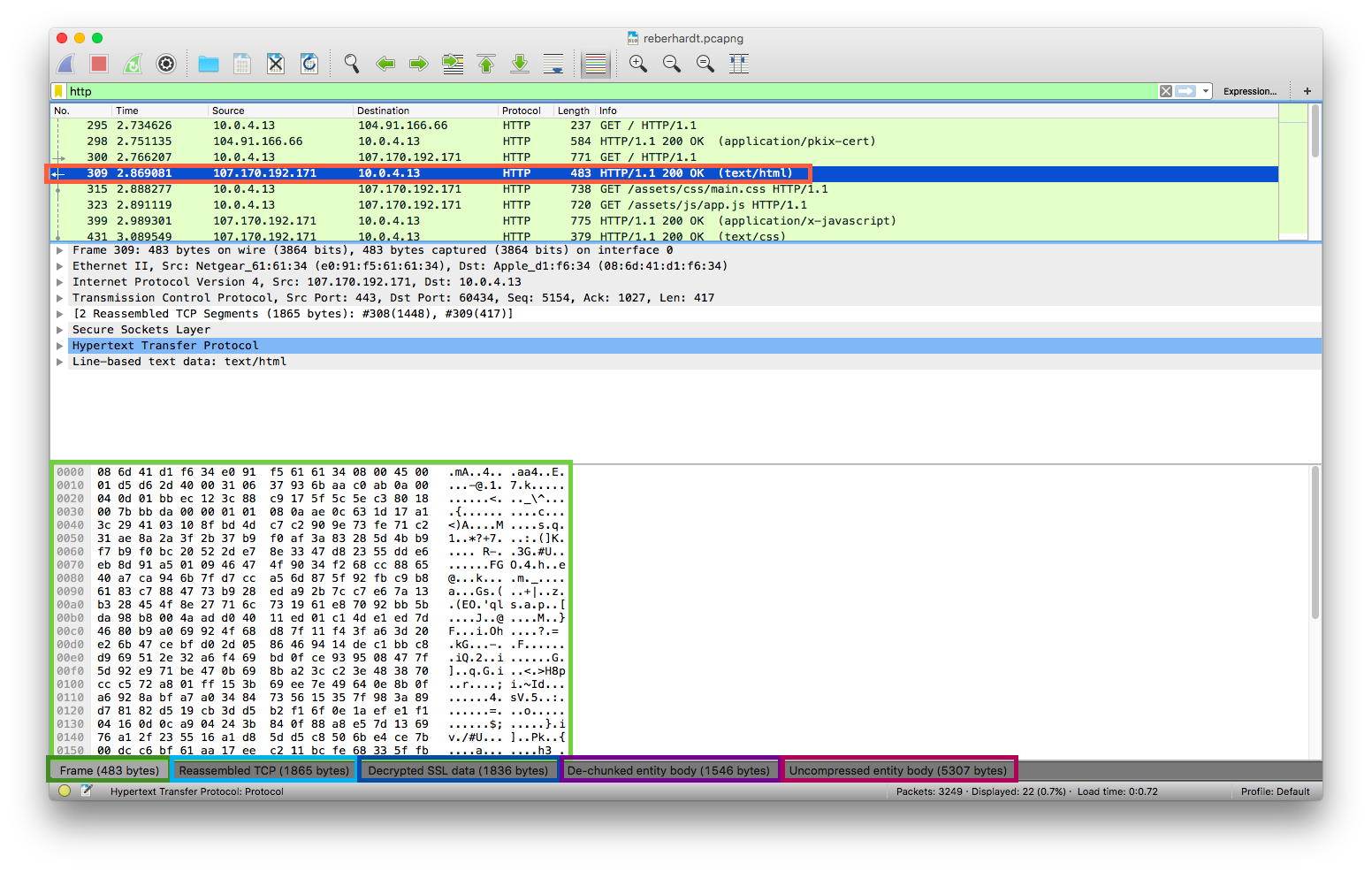

If you want to decrypt TLS traffic, you first need to capture it. Once this is complete, we have everything that we need for decrypting TLS traffic. Once the environment variable has been set, it’s advisable to restart the system to ensure that the new settings are active. An example of this variable in Windows is shown below. On Windows, it can be set by opening Advanced System Settings, selecting Environment Variables and then adding a new System Variable. On Linux, this variable can be set using the Export command. If this variable is set, both browsers are configured to save a copy of the client’s secrets to the indicated file location. In Firefox and Chrome, this can be accomplished by setting an environment variable called SSLKEYLOGFILE. Since we’re acting as an eavesdropper on the network (the exact thing that TLS is designed to prevent), we need to have one of the trusted parties share their secrets with us. Since TLS is designed to protect the confidentiality of the client and the server during transmissions, it’s logical that it’s designed so that either of them can decrypt the traffic but no one else can. The other thing that you’ll need to do before decrypting TLS-encrypted traffic is to configure your Web browser to export client-side TLS keys. The first step in using it for TLS/SSL encryption is downloading it from here and installing it. 1.Wireshark is a commonly-known and freely-available tool for network analysis. If you want to get better with 802.11, start your journey here. This section is possible due to the amazing content at, by Rasika Nayanajith. In my testing, some javascriptįiles (and other small files) get decrypted, but no html or css files. TLS 1.3 is the next iteration after industry standard 1.2, with 1.3 adoptedĬertificate message spans multiple records. This guide features a larger article on Exporting files with TLS. Multiple articles exist that document this feature. TLS 1.2 decryption has been with Wireshark since October 2017 with v2.4.2. If your application supports the $SSLKEYLOGFILE variable, please create an issue. Edge/IE, but this will likely change for Edge though as it will soon be Chromium-based.Curl (and any libcurl-based appliaction).Chrome (and Chromium-based like Opera, Brave, Vivaldi, etc.).To my knowledge, these applications support it:

TLS decryption, for the most part, is setting the $SSLKEYLOGFILE to the destination file of your choice and hoping that your application reads this environmental variable. Tshark -r /path/to/file -K /path/to/keytab TLS Kerberos is a network authentication protocol that can be decrypted with Wireshark. There are many protocols that can be decrypted in Wireshark: Kerberos Quicklinks: Wireshark Decrypt: 802.11 | TLS | ESP | WireGuard | Kerberos 2 min | Ross Jacobs | ApTable of Contents


 0 kommentar(er)
0 kommentar(er)
